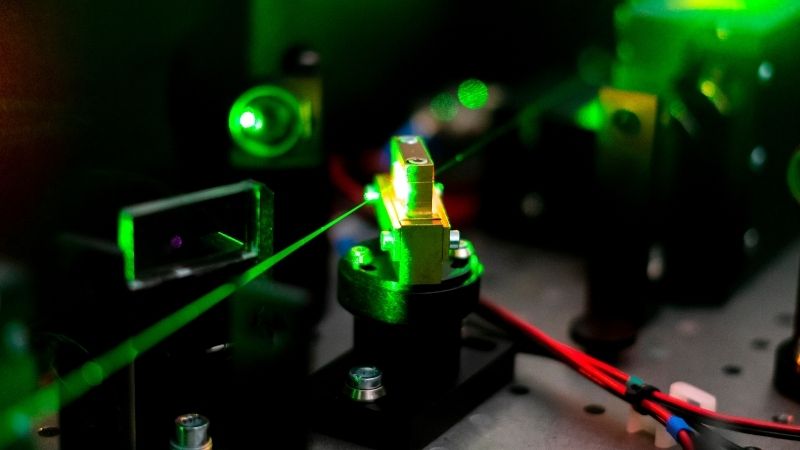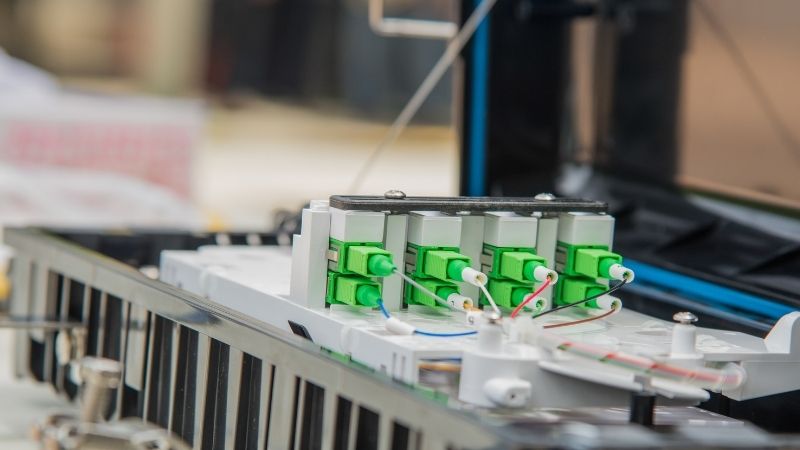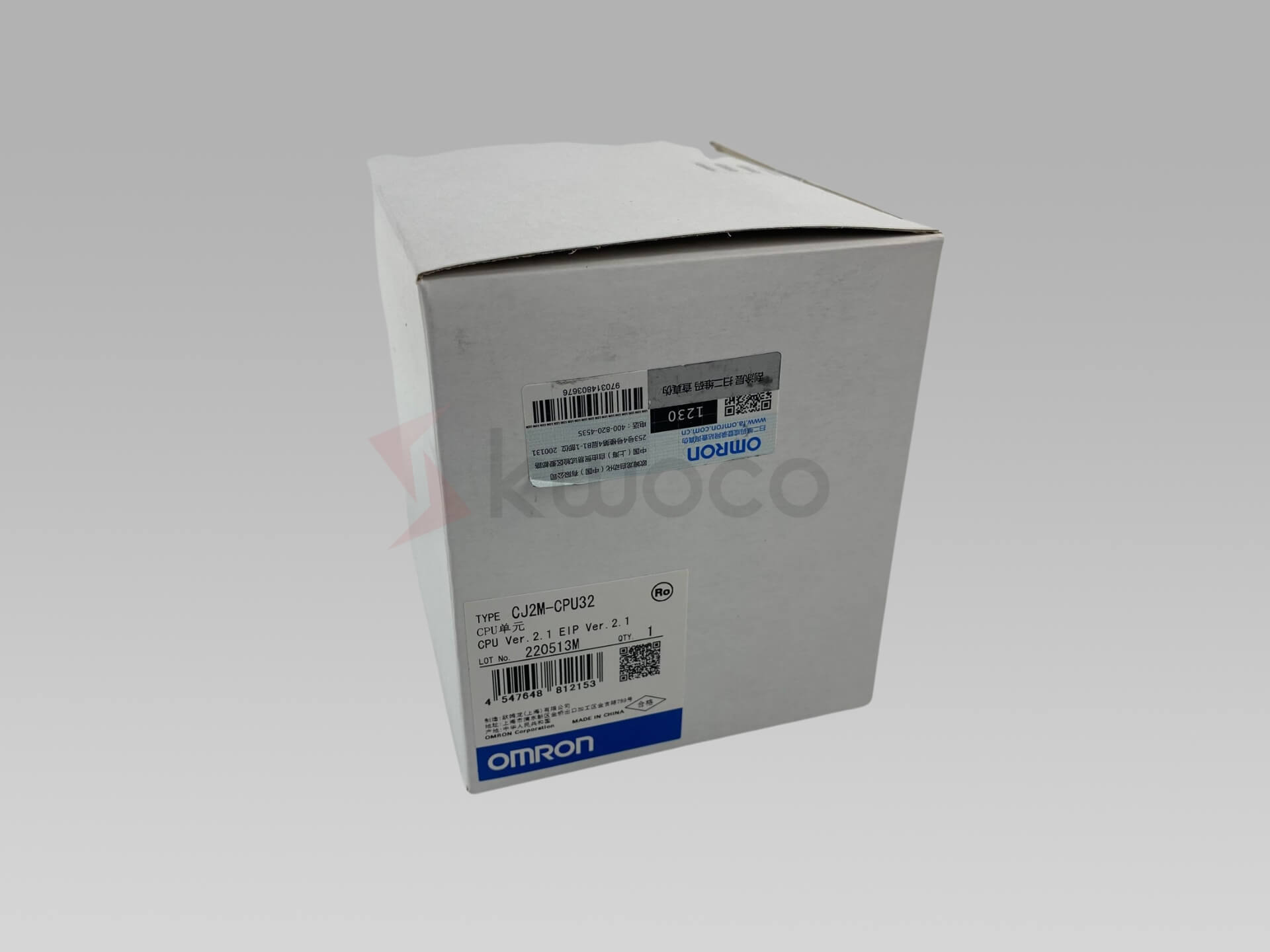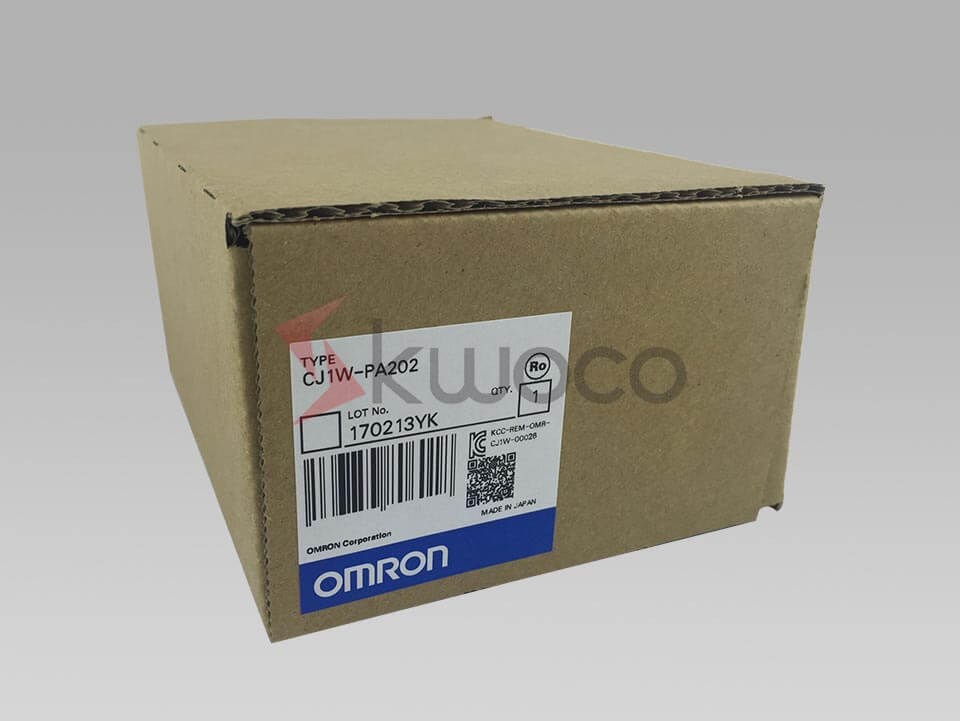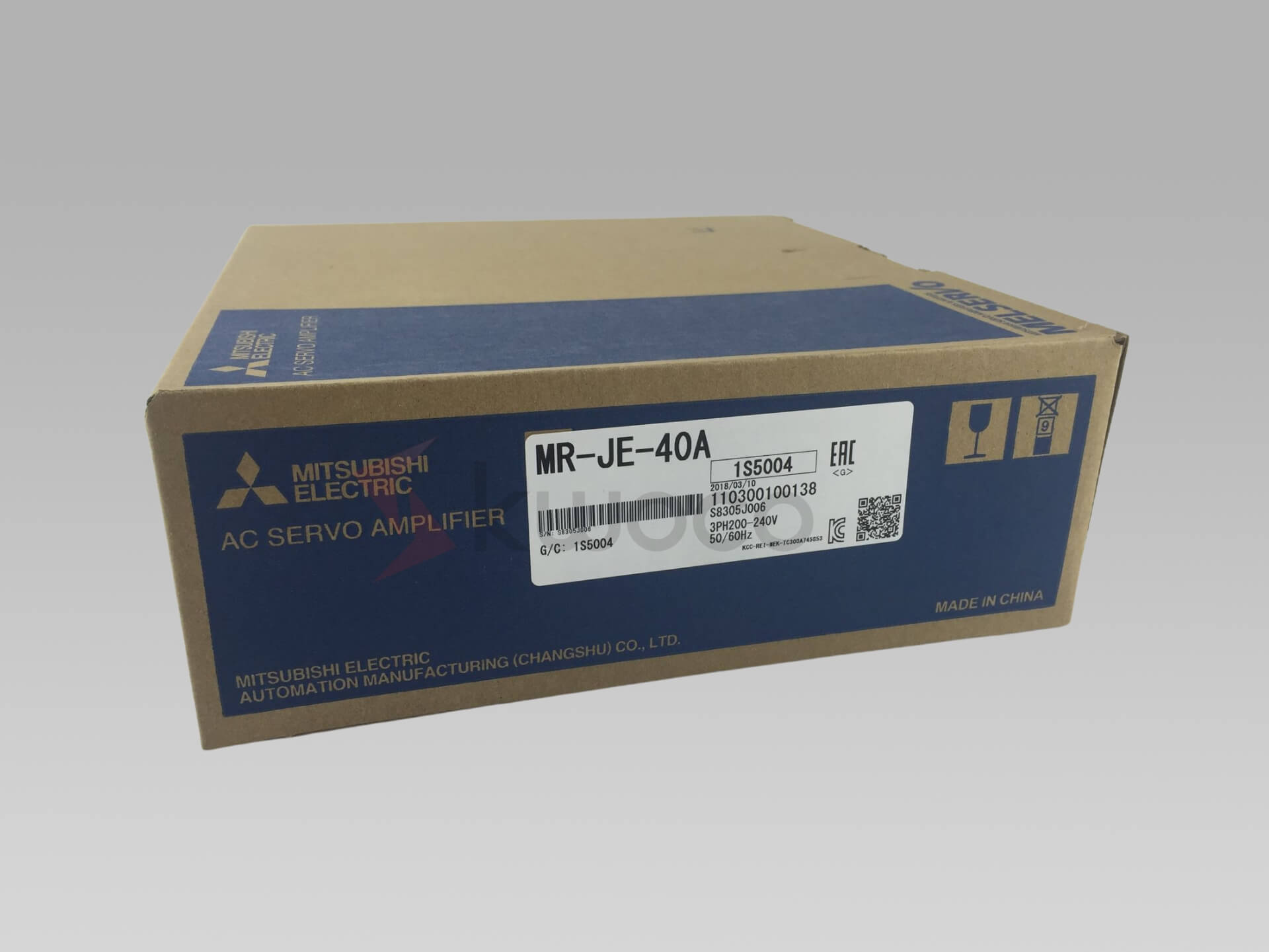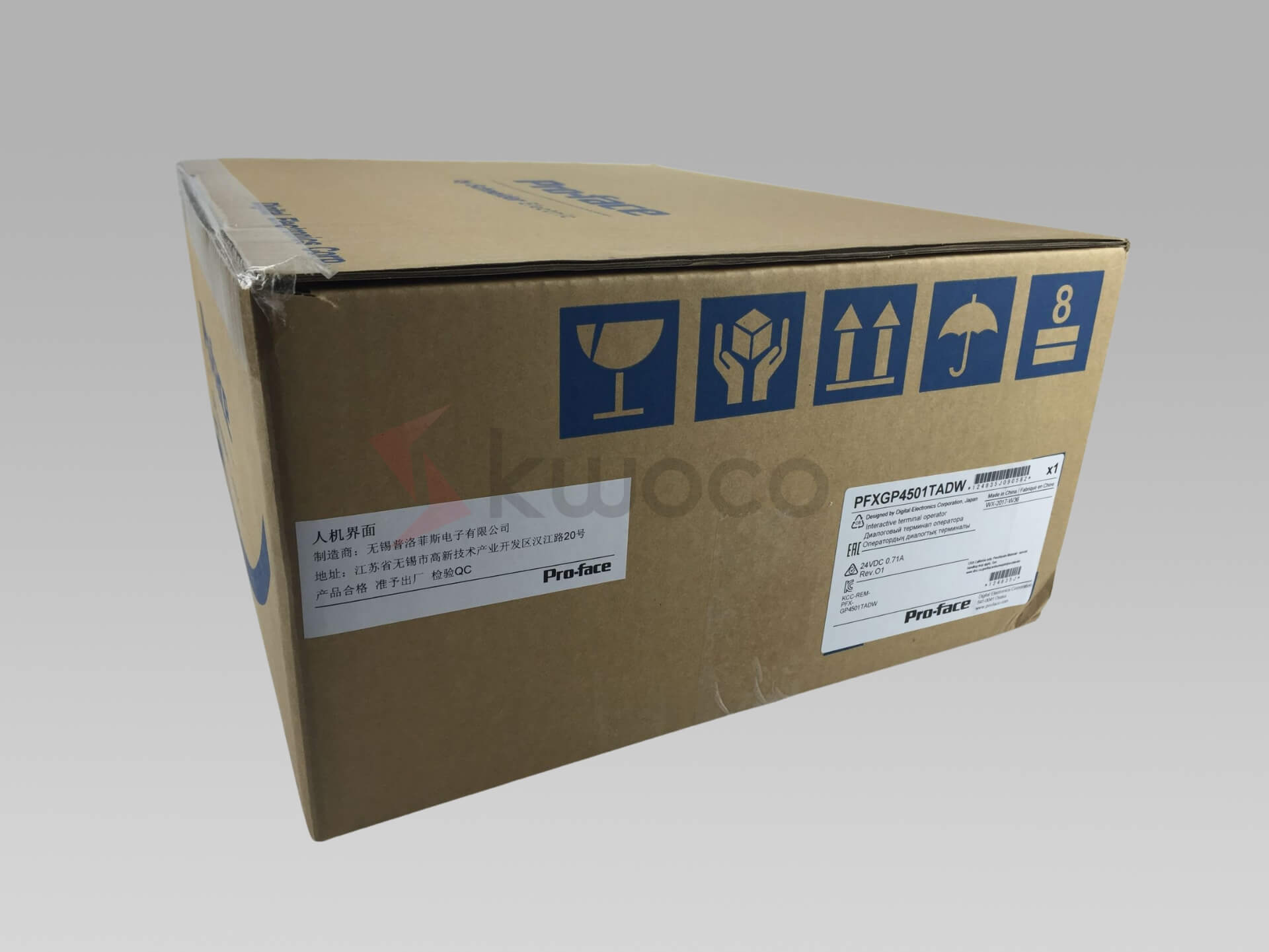Guide complet sur le câblage et le dépannage des capteurs photoélectriques
Que vous soyez un ingénieur expérimenté ou novice en automatisation, vous trouverez des informations précieuses pour garantir que vos capteurs fonctionnent de manière fiable et efficace.
Table des matières
Que sont les capteurs photoélectriques et comment fonctionnent-ils ?
Les capteurs photoélectriques sont des composants essentiels des systèmes d'automatisation industrielle modernes. Ces appareils utilisent des faisceaux lumineux pour détecter des objets et déclencher les sorties correspondantes. Il existe plusieurs types de capteurs photoélectriques :
- Capteurs à faisceau traversant: Composé d'unités émettrices et réceptrices séparées
- Capteurs rétro-réfléchissants:Utilisez un réflecteur pour faire rebondir le faisceau lumineux
- Capteurs diffus:Détecter des objets en fonction de la réflexion directe
Le choix du type de capteur dépend des exigences spécifiques de votre application, de la plage de détection et des conditions environnementales.En savoir plus sur les capteurs industriels
Étapes essentielles pour un câblage correct du capteur photoélectrique
Un câblage correct est essentiel pour un fonctionnement fiable du capteur. Voici une description détaillée du processus de câblage :
- Connexion électrique
- Connectez le fil marron au positif 24 volts CC
- Connectez le fil bleu au négatif 24 volts CC
- Câblage de sortie
- Fil noir : signal de sortie vers l'entrée PLC
- Fil blanc : Sortie supplémentaire (pour modèles à sortie complémentaire)
« Un codage couleur et une vérification des connexions appropriés sont des étapes essentielles pour prévenir les problèmes liés au câblage. » – Expert en automatisation industrielle
Comment configurer et paramétrer votre capteur photoélectrique ?
Une configuration appropriée garantit des performances optimales du capteur. Suivez ces étapes de configuration :
- Montage et alignement
- Fixez le capteur et le réflecteur/récepteur sur des supports stables
- Assurer un alignement correct entre les composants
- Maintenir la plage de détection recommandée
- Réglage de la sensibilité
- Utilisez le potentiomètre pour régler la sensibilité
- Test de détection avec des objets cibles réels
- Vérifiez que les voyants lumineux fonctionnent correctement
Problèmes de dépannage courants et solutions
| Problème | Cause possible | Solution |
|---|---|---|
| Aucun signal de sortie | Câblage incorrect | Vérifier les connexions des fils |
| Déclencheurs faux | Sensibilité trop élevée | Régler le potentiomètre |
| Détection incohérente | Mauvais alignement | Réaligner les composants du capteur |
| Pas de courant | Alimentation électrique défectueuse | Vérifiez les niveaux de tension |
Intégration avec les PLC et les systèmes de contrôle
Les capteurs photoélectriques modernes s'intègrent parfaitement aux automates programmables (PLC) et autres systèmes de contrôle. Les principaux éléments à prendre en compte sont les suivants :
- Compatibilité des signaux d'entrée/sortie
- Exigences en matière de temps de réponse
- Protocoles de communication
- Configuration du système
Questions fréquemment posées
Commencez avec une sensibilité moyenne et ajustez-la en fonction des propriétés de l'objet cible et des conditions environnementales
Les portées varient selon le modèle, mais s'étendent généralement de quelques mètres à plus de 20 mètres
Utilisez des réglages de sensibilité appropriés, maintenez les optiques propres et assurez un montage stable
Des modèles spéciaux conçus pour la détection d’objets transparents peuvent être nécessaires.
Un nettoyage régulier des surfaces optiques et des contrôles d'alignement périodiques sont recommandés.
Dynamisez vos projets avec des capteurs Omron, Keyence, Schneider flambant neufs et originaux – en stock, prêts dès maintenant !
Conclusion
- Vérifiez toujours la tension et les connexions de câblage correctes
- Un montage et un alignement corrects sont essentiels pour un fonctionnement fiable
- Un entretien régulier garantit des performances constantes
- Choisissez le type de capteur adapté à votre application
- Paramètres de configuration du document pour référence ultérieure
- Gardez les surfaces optiques propres et protégées
- Tenir compte des facteurs environnementaux dans la sélection des capteurs
Bénéficiez d'un soutien expert pour vos besoins d'automatisation
Vous recherchez des capteurs neufs et originaux pour vos projets ? Chez Kwoco, nous proposons les derniers capteurs des plus grandes marques comme Omron, Keyence, et SchneiderAchetez en toute confiance : expédition rapide, qualité garantie ! Achetez maintenant
Contactez-nous
Remplissez simplement votre nom, votre adresse e-mail et une brève description de votre demande dans ce formulaire. Nous vous contacterons dans les 24 heures.
Catégorie de produit
Produits en vente à chaud
Ces sujets pourraient également vous intéresser
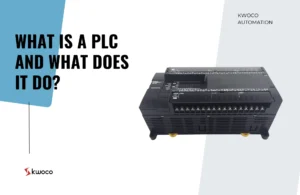
Qu'est-ce qu'un PLC et à quoi sert-il ?
Qu'est-ce qu'un PLC et à quoi sert-il ? Dans le monde industriel actuel en évolution rapide, les entreprises ont besoin de systèmes intelligents, fiables et efficaces

Top 5 des fournisseurs d'automates programmables Omron en France
Je travaille quotidiennement avec des pièces d'automatisation industrielle chez Kwoco. Nombre de mes clients en France me demandent comment trouver des fournisseurs fiables d'automates programmables Omron. Cela peut s'avérer complexe. Il faut des pièces adaptées, dans les délais, et faire confiance à son fournisseur. J'ai donc décidé de rédiger ce guide. Je partagerai mes connaissances pour vous aider à trouver le meilleur fournisseur d'automates programmables Omron pour votre entreprise en France.
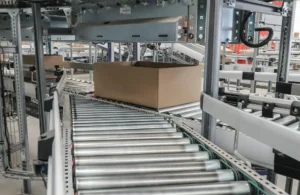
Que détectent les capteurs photoélectriques ?
Vous vous demandez peut-être ce que détectent exactement les capteurs photoélectriques ?
En termes simples, les capteurs photoélectriques détectent la présence ou l'absence d'un objet à l'aide de la lumière. Ce sont des composants essentiels de l'automatisation, utilisés dans tous les secteurs pour garantir le bon déroulement et l'efficacité des processus.

